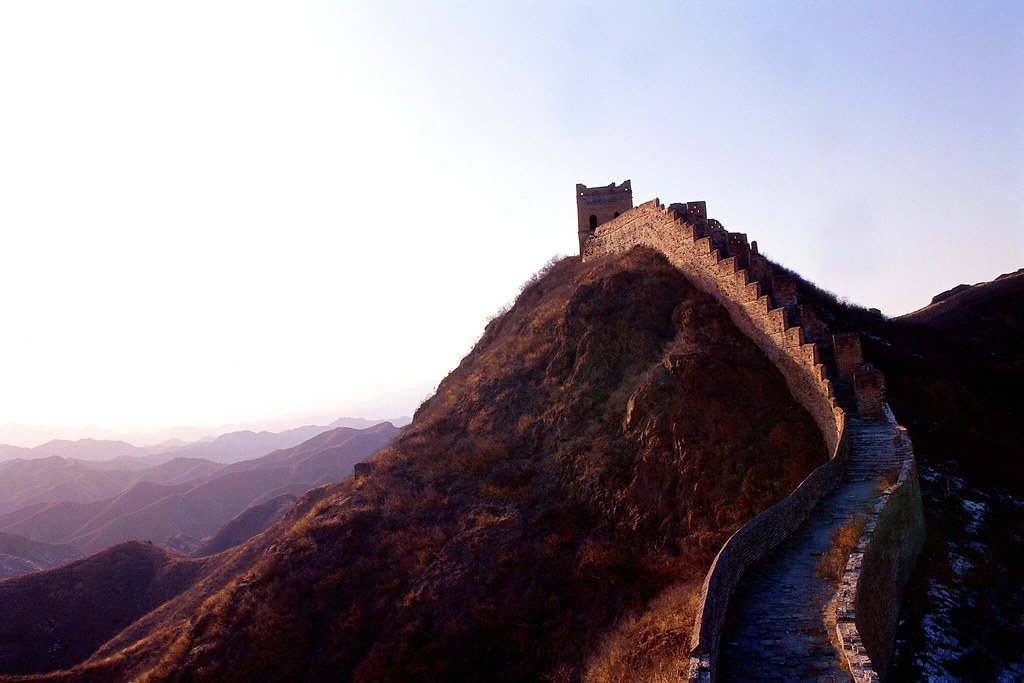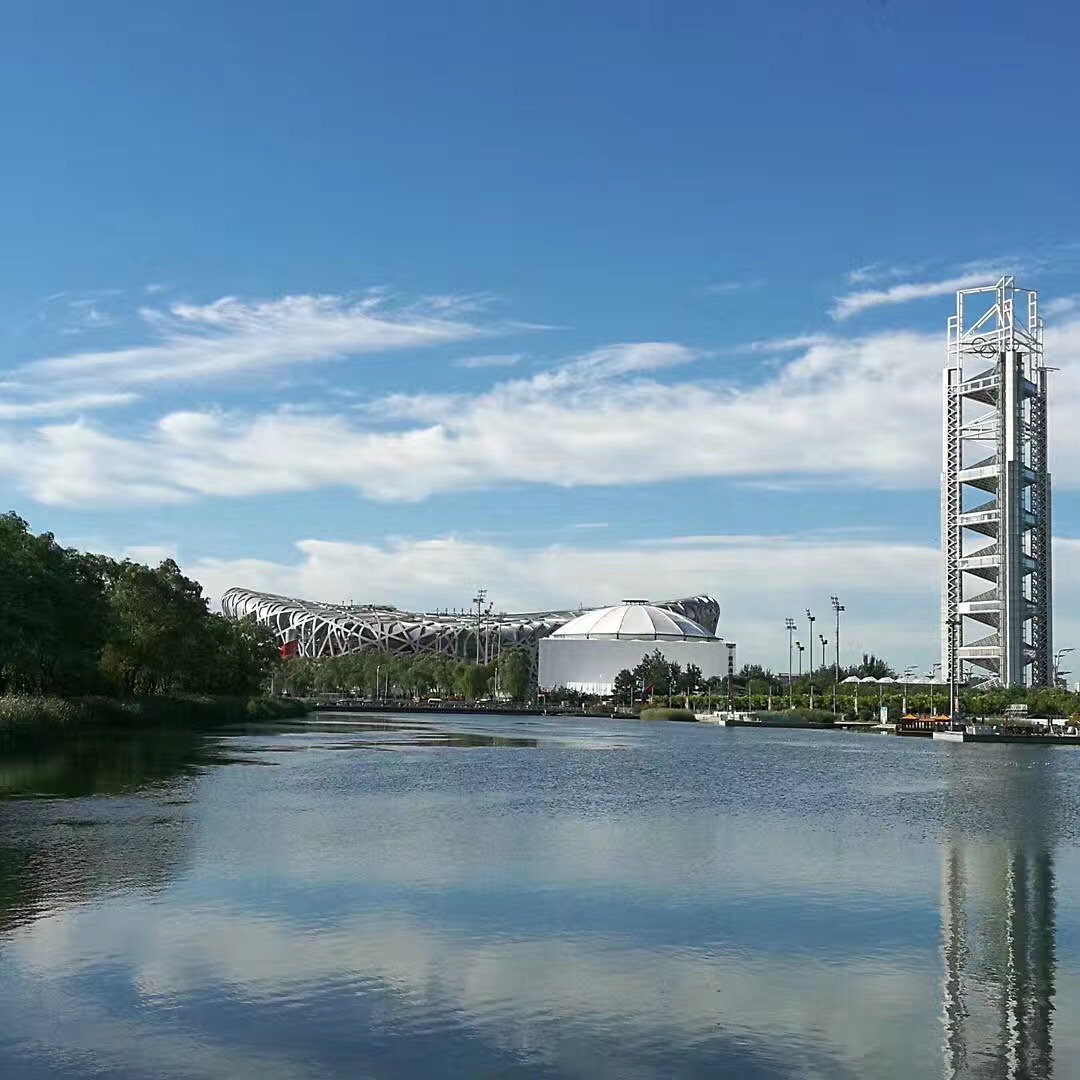This was my first time encountering the idea of branding a city:
During my internship at Ogilvy, an advertising agency, one day I was told that my boss was going on a business trip to Xi’an. His client was different this time—it was the city’s government rather than a corporation. He will be taking over a project for repacking and promoting Xi’an as an ideal tourist attraction.
Sounds fascinating, isn’t it? This triggered my thoughts on whether Beijing, my hometown can be classified as one of the creative cities.

“The Great Wall at Badaling_5” by BeautyOfChina is licensed under CC PDM 1.0
You might ask, what is a ‘CREATIVE CITY’? According to David Throsby, a creative city is:
‘An urban complex where cultural activities of various sorts are an integral component of the city’s economic and social functioning. Such cities tend to be built upon a strong social and cultural infrastructure; to have relatively high concentrations of creative employment; and to be attractive to inward investment because of their well-established arts and cultural facilities’ (2010: 139)
What makes Beijing creative and unique?
- Capital of China
Beijing too often represents a highly symbolic image of political power. Being TOO political can impede Beijing’s process of becoming a creative city, as sometimes the restricting media access hinders creative entrepreneur (Hartley et al, 2013). But think about it in the other way: as the capital city of China, Beijing has drawn a lot of attention to the policymakers. Beijing city government allocates 5 billion per year for the development of CCI and there have been emphases on developing ‘soft power’ since the 1990s (Ren and Sun, 2012:507). Such cultural policies are able to attract the ‘creative class’ and make Beijing more competitive than others (Hartley et al, 2013).
2. The Cultural Capital
Beijing locals are like New Yorkers—we both have developed a strong sense of belonging to the city. What makes ‘Beijingers’ proud of the most is our profound culture: The city has 7 UNESCO world heritage sites, and some have witnessed Beijing’s change since the Qin Dynasty. PS: The Great Wall of China is rated as one of the world’s most ‘instagrammed’ tourists attractions, why not come take your photo and show off to your friends?

The Forbidden City, Image by Christine Hua 
The Bird Nest, Image by Christine Hua
UNESCO creative city network classified Beijing as ‘the creative city of design’, and you will know why when you visit! From the ancient emperor’s spectacular Forbidden City to the modern Olympic Bird Nest, the intelligence inputs in architectures has been throughout history.
This art also lies in the ordinary citizen’s life—if you travel within the third ring-road (Beijing’s unique urban planning), you have the chance to witness Beijing’s traditional housing style Siheyuans and Hutongs. Urban Beijing still values these architectures, so does the tourists!
Besides, Beijing has all the cultural local assets you need, one of the key criteria to become a creative city as Florida characterised—47 public libraries, more than 170 museums and more than 300 theatres, including the National Centre for the Performing Arts (also beautifully designed!), giving more than 12,000 performances every year.
3. Diversity
Beijing has a diverse population. It is the magnet that attracts people from other provinces for job opportunities, thus the population is highly fluid—only half is local. This also makes Beijing the ultimate food paradise: you can always find the most authentic cuisines from Sichuan, Xinjiang, Yunnan, Hong Kong…but also the top Michelin restaurants.
Attribution-NonCommercial-ShareAlike 2.0 Generic (CC BY-NC-SA 2.0)
Also, it has just started to grow into a global city—More and more foreigners are interested in Chinese culture and the miracle of Chinese economic development, and you can see a lot of study abroad students In the Chinese Universities. Chinese education is not bad at all!
There are only things you can’t imagine, but nothing Beijing can’t make it happen. COME AND VISIT THIS AMAZING PLACE!
Reference:
Hartley, J., Potts, J., Cunningham, S., Flew, T., Keane, M., and Banks, J. (2013). Key Concepts in Creative Industries. London: Sage.
Throsby, D. (2010). The Economics of Cultural Policy. Cambridge: Cambridge University Press.
Ren, X. and Sun, M., (2012). Artistic urbanization: creative industries and creative control in Beijing. International journal of urban and regional research, 36(3), pp.504-521.

